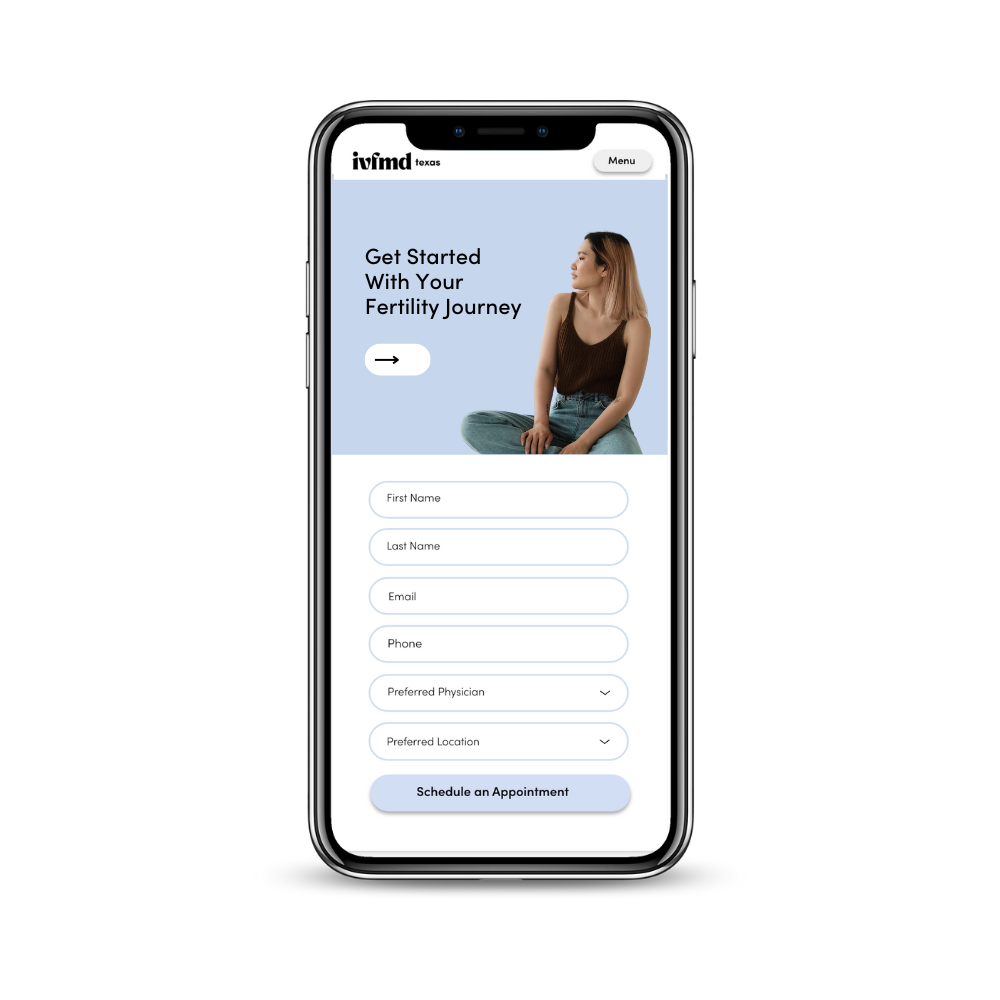Is IVF the Right Choice?

What you need to know about IVF
While many patients can successfully conceive using natural treatment methods, certain conditions may require in vitro fertilization (IVF) to achieve pregnancy. IVF makes it possible for people with infertility to experience the joy of having a child by uniting the egg and the sperm in a laboratory.
For couples experiencing unexplained infertility for more than three years, IVF can address potential issues with egg and sperm interaction by ensuring successful fertilization. Situations such as severe male factor infertility (SMF), tubal blockage, advanced endometriosis, diminished egg reserve (DOR), and pelvic adhesions often make IVF an effective option for conception.
Egg Freezing and IVF
IVF also provides the benefit of allowing a woman to preserve fertility through embryo cryopreservation (egg freezing). This proven method is both safe and effective, minimally affecting embryo viability while stopping the biological clock once embryos are frozen.
Is IVF right for you?
IVF is the treatment of choice for a wide variety of infertility cases and is a great option for couples with a long history of infertility. Generally, IVF can help women of childbearing age and beyond. Singles and same-sex couples are also good candidates for IVF because the procedure can be used in combination with donated eggs and sperm and surrogacy.
How does IVF work?
In a nutshell, IVF is the process of collecting eggs and fertilizing them in the laboratory. The resulting embryos are cultured for 5-7 days before they are transferred into the uterus or frozen for future use. The IVF cycle is composed of 5 steps and it typically begins on the first day of your menstrual cycle, or as close to it as possible.
Step 1: Ovarian Stimulation
- Hormone Medications: In a natural cycle, only one egg is allowed to grow and ovulate each month. With IVF, we use medications to directly stimulate the ovaries to produce a greater number of follicles (which contain eggs) to be produced and reach maturity. However, the body has its own defense against multiple pregnancies and the brain can trigger ovulation of the largest follicle, causing all of the remaining follicles to stop growing. Thus, we use special medications to prevent ovulation from occurring until several eggs have properly matured.
- Ultrasound Monitoring: After the medication treatment has started, we closely monitor the ovaries by ultrasound and hormone level testing. For patients with low ovarian reserve, more aggressive stimulation protocols may be used. Choosing the correct stimulation protocol is one of the most important decisions in IVF planning. At IVFMD we take great care in assessing every patient’s situation when designing the ovarian stimulation protocol.
Step 2: Egg Retrieval
- After about 10 days of ovarian stimulation, most of the follicles should mature to size. An injection called HCG (Human Chorionic Gonadotropin) is administered to induce the final maturation of the eggs, and 34-36 hours later, eggs are collected through the vagina under ultrasound guidance and transferred to our lab. You will be sedated by an anesthesiologist for about 20 minutes until the retrieval is complete. Mild pelvic soreness and cramping after the procedure are normal and should resolve within a couple of hours.
Step 3: Fertilization
- Once the eggs are in our lab, they are fertilized the same day either through conventional IVF, incubating the egg and a large number of sperm overnight, or through intracytoplasmic sperm injection (ICSI), injecting a single sperm into each egg. Regardless of which insemination method is used, the eggs are checked the following day to see if they have been fertilized. Typically, about 70% of the mature eggs are fertilized.
Step 4: Embryo Culture
- The fertilized eggs are cultured for 5-7 days, which is the same number of days an embryo takes to travel from the distal end of the tube into the uterus during natural conception. The embryos are cultured in very special conditions where the temperature, gases, and pH are precisely controlled. To minimize fluctuations in the air and temperature of the incubator, we check the embryos on days 1, 5, and 6, counting day 1 as the day after retrieval. Patients are informed of the progress of their embryos after each check. If fresh embryo transfer is planned, the woman takes progesterone to prepare her uterine lining during this period. Nowadays, in most cases, embryos are frozen once they reach maturity for future transfer in a Frozen Embryo Transfer cycle.
Step 5: Embryo Transfer
- On day 5 of culture, one with the best grading scores is loaded into a soft catheter and delivered into the uterus under ultrasound guidance. The remaining embryos are frozen for future use if they meet freezing criteria. The embryo transfer is painless and does not require sedation or anesthesia, however, it is one of the most critical factors contributing to the IVF cycle outcome. A family member can be present with you during the embryo transfer process.
- After receiving your embryo, you can rest easy at home for the remainder of the day. The embryo will likely be implanted on the same day and you should be able to resume normal activity the day after.
What is the success rate of IVF?
IVF success depends mostly on egg quality and quantity. Sperm quality also plays an important role. Embryos that have normal chromosomes give the best chance of a live birth. Transferring one such embryo gives a 50-60% chance of a live birth.
What is the cost of IVF?
The costs of IVF can vary depending on the patient’s specific treatment plan, medication costs, and clinical fee structures. In general, the average cost of a single IVF cycle is typically between $12,000 and $20,000. When looking for a fertility clinic, it is important to choose one with a transparent pricing structure, such as a Global IVF Fee.
What should I look for when choosing an IVF clinic?
The decision of where to start or continue your fertility journey with IVF treatment involves many factors, such as:
- Clinical success rates
- Patient outcomes
- IVF laboratory facilities and technologies
- Costs and financial transparency
- Reputation and reviews
- Treatment options and technologies
- Physician expertise
- Diagnostic capabilities
- Special IVF Protocols for Diminished Ovarian Reserve - February 5, 2025
- Is IVF the Right Choice? - March 2, 2024
- What to Consider When Choosing a Fertility Clinic - February 29, 2024
